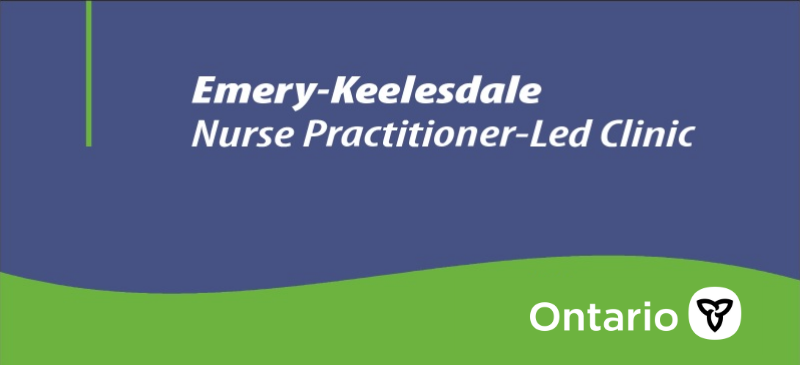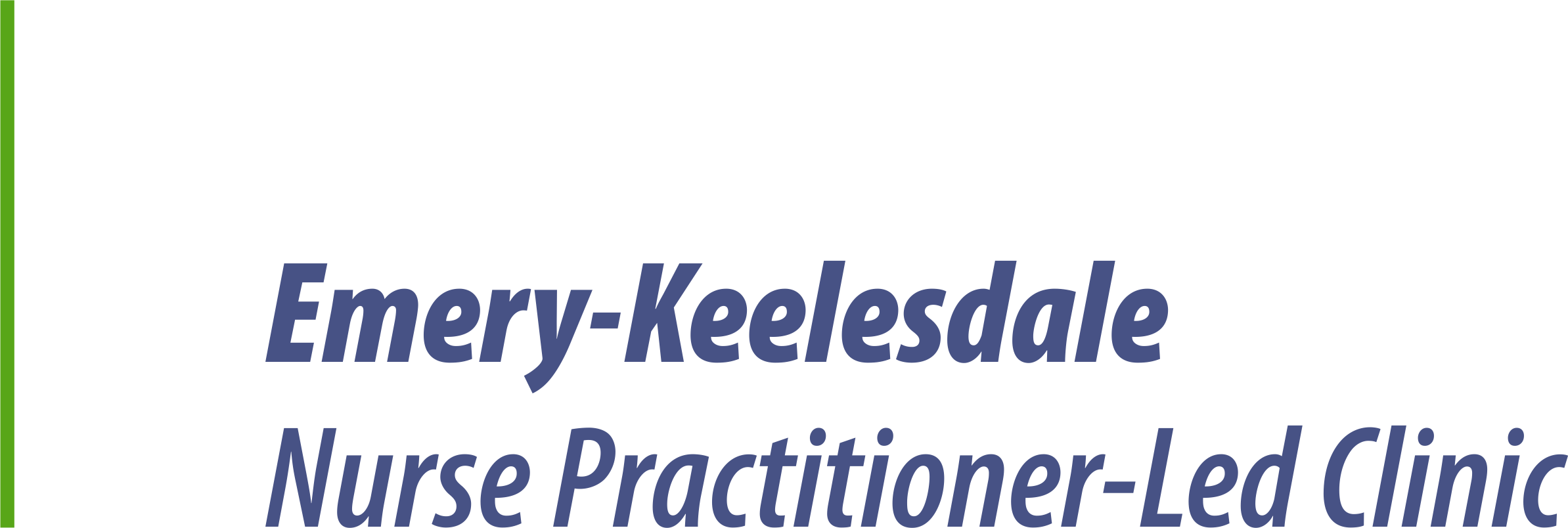When we are anxious we tend to take in short, shallow breaths which leads to more oxygen than the body needs – in other words we “over breathe” or hyperventilate. When this balance is detected the body responds through several changes that produce symptoms of light-headedness, confusion, breathlessness, blurred vision, increase in heart rate, numbness and tingling in the extremities. The normal rate of breathing is 10-12 breaths per minute – How many do you take?
Hyperventilation while not specifically dangerous can leave you feeling exhausted or ‘on edge’ so that you’re more likely to respond to stressful situations with intense anxiety or panic. Gaining control over your breathing involves slowing your rate of breath. Do this by the following:
- Sit in a comfortable position in an chair of lying down
- Take a breath in for 4 seconds (through the nose if possible)
- Hold the breath for 2 seconds
- Release the breath taking 6 seconds (through the nose if possible) then pause slightly before breathing in again
- Practice this frequently, at least once or twice a day at a time when you can relax and are free from distraction.

